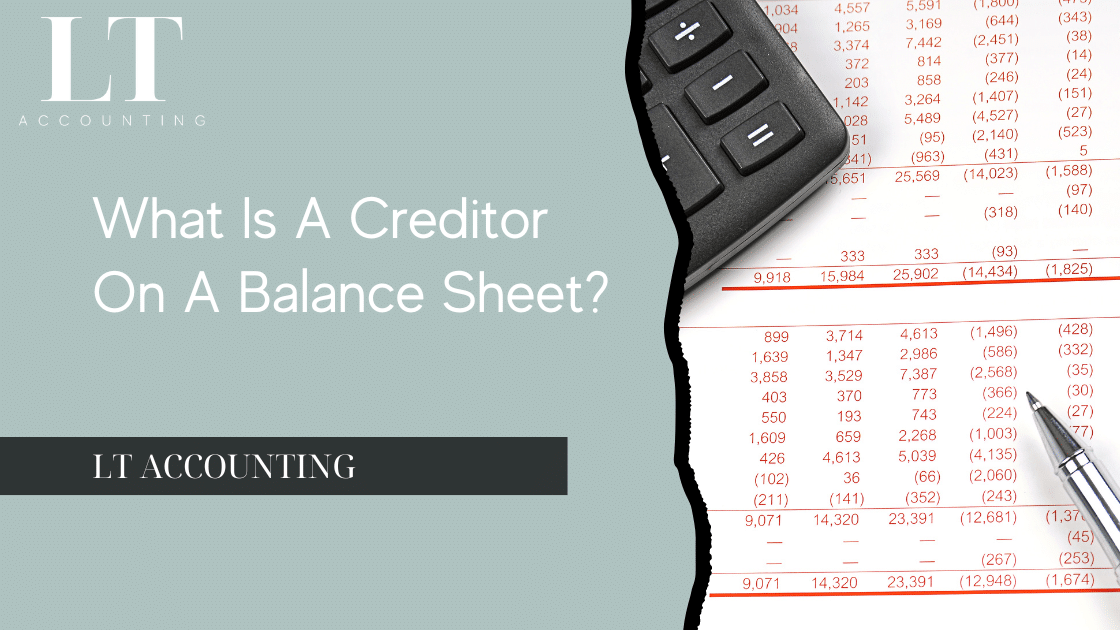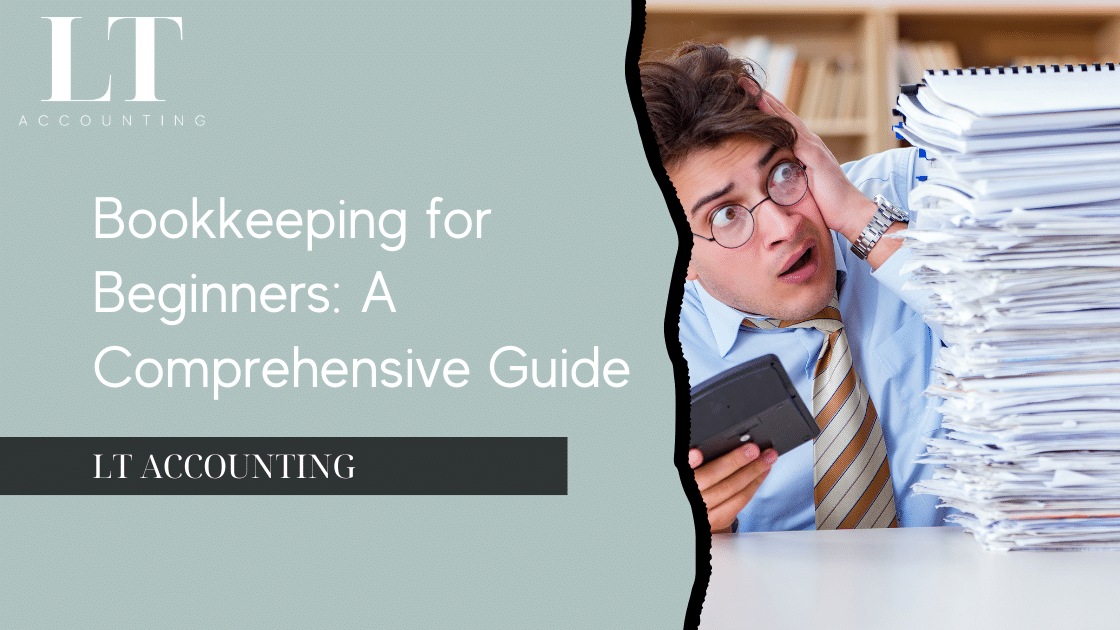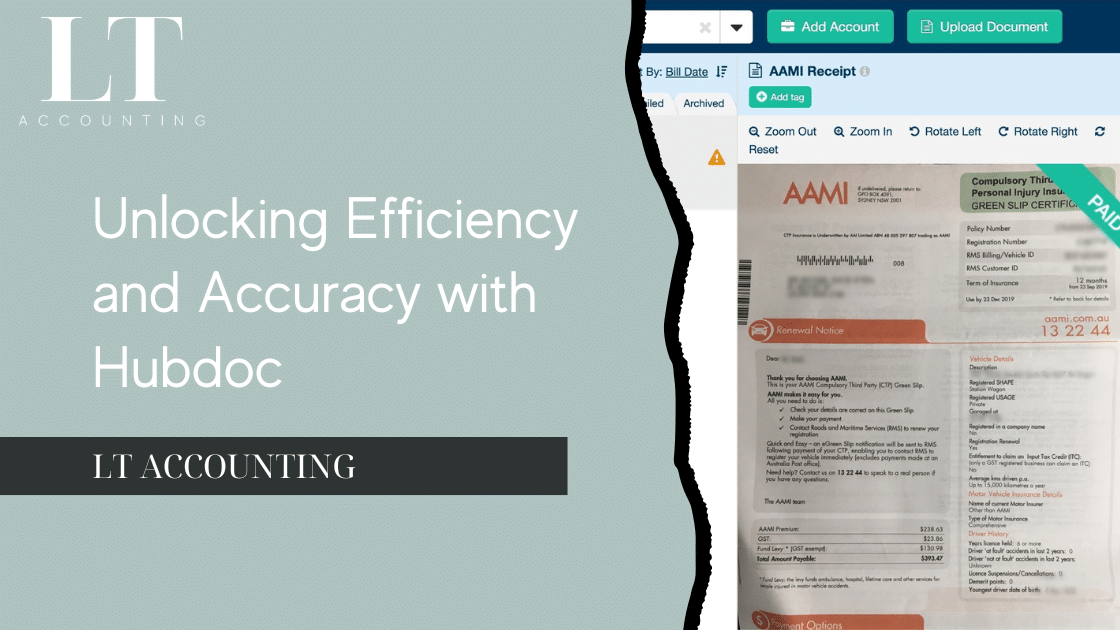Understanding the concept of a creditor on a balance sheet is essential for anyone involved in business finance or accounting. This article will delve into the definition of a creditor, the types of creditors, their significance, and how they are presented on a balance sheet. By the end of this article, you will have a comprehensive understanding of what is a creditor is on a balance sheet and why it matters.
Definition of a Creditor on a Balance Sheet
A creditor on a balance sheet represents any entity to which a company owes money. These debts can arise from various transactions, including purchases of goods and services on credit, loans from financial institutions, and other financial obligations. Creditors are classified as liabilities on the balance sheet because they represent amounts that the company must pay in the future.
Types of Creditors
- Trade Creditors (Accounts Payable): Trade creditors, or accounts payable, are suppliers that provide goods or services to a company on credit. These obligations are typically short-term, meaning they are due within one year. Accounts payable is a common entry under current liabilities on the balance sheet.
- Financial Creditors: Financial creditors are entities such as banks and other financial institutions that lend money to the company. These loans can be short-term or long-term. Short-term loans appear under current liabilities, while long-term loans are listed under non-current liabilities.
- Other Creditors: This category includes any other parties to whom the company owes money. Examples include tax authorities (for unpaid taxes), employees (for unpaid wages), and shareholders (for unpaid dividends). Other creditors can be part of both current and non-current liabilities depending on the due date of the obligations.
Significance of Creditors on the Balance Sheet
- Liquidity Analysis: Creditors play a crucial role in determining a company’s liquidity. The ability to pay off short-term creditors is a key indicator of financial health. High levels of current liabilities compared to current assets can signal potential liquidity problems.
- Creditworthiness: The amount and nature of a company’s creditors impact its creditworthiness. Companies with high levels of financial debt may find it harder to obtain additional financing. Credit ratings agencies look closely at a company’s liabilities to assess its credit risk.
- Cash Flow Management: Efficient management of creditors is vital for maintaining a positive cash flow. Delayed payments to creditors can lead to strained supplier relationships and potential supply chain disruptions. Conversely, managing payment schedules can help optimise cash flow.
- Financial Ratios: Creditors affect key financial ratios such as the current ratio (current assets divided by current liabilities) and the debt-to-equity ratio (total liabilities divided by shareholders‘ equity). These ratios are important for stakeholders to evaluate the company’s financial stability and operational efficiency.
Representation of Creditors on the Balance Sheet
Creditors are presented under the liabilities section of the balance sheet, divided into current and non-current liabilities.
- Current Liabilities: Current liabilities are debts and obligations that the company expects to settle within one year. This section typically includes accounts payable, short-term loans, and other accrued expenses.
Example:
| Accounts Payable | £50,000 |
| Short–term Loans | £30,000 |
| Accrued Expenses | £10,000 |
| Total Current Liabilities | £90,000 |
- Non-Current Liabilities: Non-current liabilities are obligations due after one year. This section includes long-term loans, bonds payable, and deferred tax liabilities.
Example:
| Long–term Loans | £100,000 |
| Deferred Tax Liabilities | £25,000 |
| Total Non–Current Liabilities | £125,000 |
Practical Considerations
- Aging Analysis: Businesses often perform aging analysis on their accounts payable to monitor and manage their creditors. This analysis helps in categorising payables based on how long they have been outstanding, aiding in prioritising payments.
- Negotiating Terms: Companies can negotiate payment terms with their creditors to improve cash flow. Extending payment terms can provide the company with additional time to generate cash from sales before making payments.
- Impact on Financial Statements: The treatment of creditors affects other financial statements. For example, interest on loans impacts the income statement, while the repayment of principal affects the cash flow statement. Properly accounting for these transactions is essential for accurate financial reporting.
Conclusion
Creditors are a fundamental component of a company’s balance sheet, representing various entities to which the company owes money. Proper management and accurate representation of creditors are crucial for maintaining financial stability and transparency. By understanding what a creditor is on a balance sheet and how they impact financial analysis, businesses can make informed decisions and sustain positive relationships with their creditors.
Understanding the role of creditors on the balance sheet not only helps in internal management but also provides valuable insights to investors, lenders, and other stakeholders. Maintaining accuracy and transparency in reporting creditors is paramount for any organisation aiming to achieve long-term financial success.
By grasping the concept of creditors on a balance sheet, you can better navigate the complexities of business finance and contribute to the financial health and stability of your organisation.





